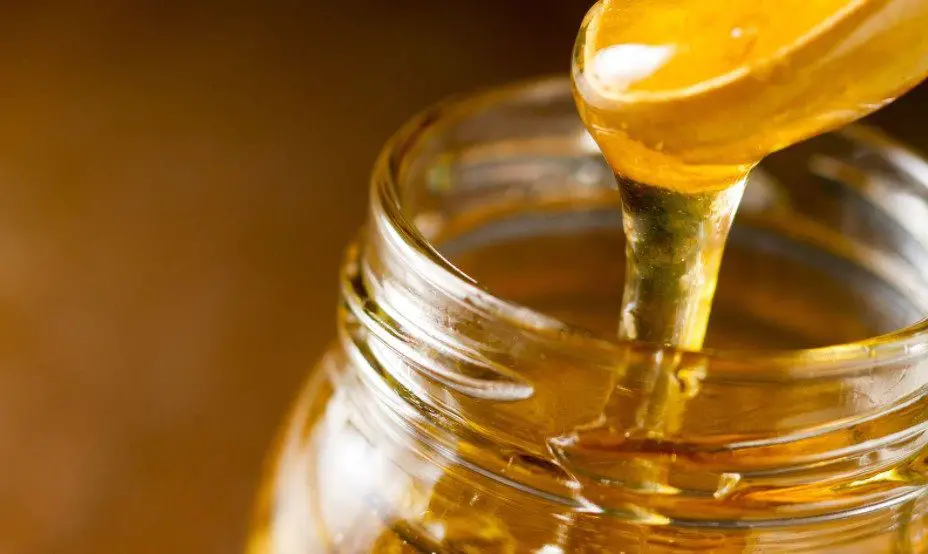We all know honey is an amazing product. It has many uses outside of its food applications, but one that people may not realize is using it as a rooting hormone for cuttings.
Honey functions as a natural hydroponic solution, which will help your cutting grow faster and stronger. To learn more about how to use honey as a rooting hormone for cuttings, read this blog post!
How to Use Honey as a Rooting Hormone for Cuttings?
- Make the required preparations. The cuttings should be around 5 inches long and cut at an angle
- After you’ve gotten your cutting, dip each one into the honey and then make a hole in the potting mix with your finger
- You may expect roots to form in 7 – 14 days if you keep the potting media damp
If you’re feeling ambitious, try using honey to water propagate your plants. Simply dip the cutting in a jar of sugary goodness and place it straight into some water.
Honey Rooting Hormone Recipes
Some recommend mixing a scoop of honey with a cup of boiled water. However, I prefer to use honey straight from the jar.
Honey contains natural antibacterial and antifungal properties that are destroyed during the process of cooking. This is why using raw honey is the best type of honey for propagating honey.
Regular store-bought honey does not have the same benefits, but you can still use this type of honey as it’s better than nothing.
You may even want to add a sprinkle of cinnamon… It has been used to prevent food spoilage for centuries, and it’s still one of the most popular spices in kitchens around the world.
How Does Honey Work as a Rooting Hormone?
Honey works great as a rooting hormone because it’s got some pretty amazing properties. For one, honey has strong anti-fungal and anti-bacterial qualities that help keep your plants healthy!
Honey protects the cuttings from germs and enables the plant’s natural rooting hormones to encourage root development.
Rooting hormones are necessary for some plants to root well, whereas others can do so without extra assistance. When propagating cuttings, you rarely succeed every single time, but using honey and other ingredients may assist you.
Is Honey Better than Synthetic Rooting Hormones?
A recent study discovered that while honey helps to root plant cuttings, synthetic rooting hormones were slightly more effective. In fact, sometimes honey was just as good!
Many gardeners have found raw honey to give consistent results when it comes to propagating cuttings. Raw honey is also natural and won’t harm your plant. I have had great results with raw honey, and I have heard other gardeners say the same thing.
Conclusion
The use of honey as a rooting hormone for cuttings is not new and it has been used in the nursery industry since the 1980s.
It’s easy to see why, with its benefits including increased success rates, no harmful side effects or chemicals on your plants, and an inexpensive price tag.
So if you’re looking to propagate some more plants this season but don’t want to spend money on buying those expensive hormones from the store, give this technique a try!
I hope this article has helped you learn how to use honey as a rooting hormone for cuttings. If you have any questions or comments about this technique, please do drop me a message.
Tim is an avid gardener from the UK. He was the founder of PlantCarer.com from 2021 to Sep 2023. He sold PlantCarer.com to Aaron. He has since started his own business called Seed To Supper, which provides new gardeners all the materials you need in a box (pots, seeds, compost and instructions) to grow your own delicious and nutritious vegetables and herbs from start to finish – no garden required.


